Introduction
Vietnam will chair the 36th Summit of the Association of Southeast Asian Nations (ASEAN) in June this year. The summit which was initially scheduled in April has been shifted to June due to the Covid-19 outbreak. For Vietnam, this summit will also mark the 25th anniversary of its accession to ASEAN. Vietnam joined ASEAN in 1995 thus becoming the seventh country to do so. This year Vietnam’s chairmanship comes at a time when countries across the world are either in a partial or a complete lockdown due to the pandemic. With prompt action and rapid regional and global coordination, Vietnam has done a commendable job in keeping the death toll to zero as of April 30.
The theme of the forthcoming ASEAN Summit is ‘Cohesive and Responsive ASEAN’, and Vietnam is playing a pivotal role in its actualization. In fact, Vietnam’s growing geopolitical gravity in ASEAN and its strategic clout in the Indo-Pacific region has been evolutionary and reflects its outstanding commitment to regional cooperation. This article delves into its role in chairing the previous ASEAN summits – which it did twice – and the future challenges and its role in the region.
Hanoi Plan of Action 1998
In December 1998, Vietnam hosted the ASEAN Summit for the first time. It was the 6th ASEAN Summit held in Hanoi, and coincided with the ongoing Asian Financial Crisis. In his keynote address, Prime Minister Phan Van Khai called for enhanced cooperation among ASEAN members and stated that “..practical economic, financial and monetary measures, including those related to the establishment of the ASEAN Free Trade Area (AFTA) and the ASEAN Investment Area (AIA) incorporated in the Hanoi Plan of Action, will certainly create a synergy for us to quickly overcome the crisis and move further forward”.1
The Hanoi Plan of Action (HPoA) was adopted as part of the Hanoi Declaration for the period from 1999-2004. Among the various issues pertaining to macroeconomic and financial cooperation to trade liberalisation and harmonization of customs procedures, the HPoA also called for enhancing efforts for resolution of the South China Sea dispute. It called for all parties to subscribe to the ASEAN Declaration on the South China Sea and to make efforts to establish a regional code of conduct for the South China Sea. HPoA envisaged adopting peaceful means to resolve the South China Sea dispute under the provisions of the United Nations Convention on the Law of the Sea (UNCLOS) 1982.2
Vietnam 2010 and ASEAN Centrality
Again, in April 2010, Vietnam hosted the 16th ASEAN Summit in Hanoi. Though a key focus of this summit was on connectivity i.e. the Master Plan of ASEAN Connectivity, geo-economic issues like ASEAN Centrality and joint regional effort on climate change was also on the agenda. Besides calling for enhanced intra-regional integration, Prime Minister Nguyen Tan Dung stressed on maximising the effectiveness of various cooperation mechanisms. He said that ASEAN need to “..ensure full compliance with existing instruments and mechanisms designed to promote peace and security in the region such as the Treaty of Amity and Cooperation in Southeast Asia (TAC), Southeast Asia Nuclear Weapons Free Zone Treaty (SEANWFZ), Declaration on the Conduct of Parties in the South China Sea (DOC), and the ASEAN Regional Forum (ARF)”.3
This ASEAN Summit managed to create immense impact. It established the ASEAN Defence Ministers Meeting Plus (ADMM+) mechanism, which brought together ASEAN and its eight Dialogue Partners including Australia, China, India, Japan, New Zealand, South Korea, Russia and the United States. ADMM+ continues to be a security and defence cooperation mechanism for the region. Moreover, in the same year, as a host to the East Asia Summit (EAS), Vietnam also extended the invitation to the United States and Russia, who joined the summit as ‘Guests of the Host’.
The ASEAN Socio-Cultural Community (ASCC) Council was also launched in 2010, and has made continuous efforts toward enhancing regional cooperation in socio-cultural domains. Its latest meeting, the 22ndASCC Council, was held in November 2019 in Bangkok. The joint statement of this meeting called for further implementation of deliverables on ASCC related ASEAN Centres. These centres include the following: Disaster Emergency Logistics System for ASEAN Satellite Warehouse; ASEAN Centre for Active Ageing and Innovation; ASEAN Cultural Centre; and, ASEAN Training Centre for Social Work and Social Welfare.4
South China Sea Geopolitics
Vietnam also faces China’s assertiveness in its Exclusive Economic Zone (EEZ) in the South China Sea. Recent Chinese interventions in the South China Sea have not been acceptable to Vietnam and have led to escalations in Sino-Vietnam rivalry. In recent years, Vietnam has been very vocal and pro-active in developing a diplomatic and social narrative against China in various countries including India with the objective of pressurising China to implement the Code of Conduct in the South China Sea. China has agreed to do so by 2021, and ASEAN countries are optimistic, though not confident, about it.
The South China Sea, however, continues to be geopolitically volatile. On April 30 this year, Chinese military claimed that it recently expelled USS Barry, a United States navy vessel from the South China Sea. It termed the entry of USS Barry in the South China Sea as a violation of international law as envisaged under UNCLOS 1982. Moreover, amidst the ongoing Covid-19 crisis, China has renamed eighty topographical formations in the South China Sea. This included ten sandbars and two small reefs in the Paracel Islands chain; thirteen smaller reefs around West Reef; and, fifty five underwater features.5 However, any sovereignty claim on these underwater features would be a violation of UNCLOS 1982.
Recently, China drowned a Vietnamese fishing boat, which attracted strict condemnation by the United States. Last month, the Chinese Coast Guard Ship 4301 also drowned Vietnamese fishing boat no. QNg 90617TS which China claimed had illegally entered the waters of the Xisha islands. Vietnam, however, accused the Chinese Coast Guard of drowning its fishing boat, and stated that the presence of the Chinese ship was a violation of Vietnam’s sovereignty over Hoang Sa.6 Also, Chinese Vessel Haiyang Dizhi 8 was recently spotted in the Malaysian EEZ and earlier off Vietnam’s coast as well. The United States had referred to this move as China’s ‘bullying behavior’.7
But the Philippines, which won a 2016 judgment by the Permanent Court of Arbitration, no longer sees China as an adversary and has adopted a milder posturing on the South China Sea issue. Recently, it also sought withdrawal from the Visiting Forces Agreement (VFA) that it has with the United States to facilitate the presence of American forces in its territory. If the United States agrees on this, this will give a boost to China’s position in the South China Sea. However, it has not compromised with its claims. Recently, it has rejected China’s move of referring to the Fiery Cross Reef as its ‘administrative centre’.8
Looking Ahead: Post-Covid
In its fight against Covid-19, Vietnam has truly set some examples through its pro-active approach to healthcare management and timely government interventions. Besides, helping its neighboring countries viz. Cambodia and Laos with face masks, Vietnam has also donated 5,50,000 face masks to five European countries viz. United Kingdom, France, Germany, Italy, and Spain. 9 ASEAN+3 which includes the Republic of Korea, China and Japan, (besides the 10-member ASEAN) is also playing a pivotal role in the region to overcome the pandemic.
Moreover, ASEAN will be setting up a Covid-19 Response Fund, and will get support from the United States. The bloc recently concluded a video conference with the United States. A lot was discussed and several commitments were made from both sides. The United States could offer technical support in epidemiology studies and treatment, and is supporting ASEAN with more than US$35 million for anti-pandemic efforts.10
The United States sees ASEAN as both a geo-strategic and a geo-economic partner in the Indo-Pacific region. While President Barack Obama had a very strong ‘Asia Pivot’ policy, President Donald Trump has hedged on the ‘Free and Open Indo-Pacific’. Both policies have attached utmost significance to a central role for ASEAN in the Indo-Pacific region. The United States had been actively calling for freedom of navigation and had acted as a key security provider until recently when it is showing some withdrawal syndrome, as in the case of the Philippines VFA and also in the case of Guam where it has recently ended its continuous presence of B-52 strategic bombers for last 16 years. 11
Today, a lot has changed for Vietnam as it exhibits tremendous economic potential and has made significant inroads in strengthening its relationship with major economies including the United States, Japan, Australia, India, the European Union, and of course, China. The forthcoming ASEAN Summit to be hosted by Vietnam will have many conventional and new issues too. For instance, besides calling for a Code of Conduct in the South China Sea, Vietnam should be looking forward to some other critical issues like reviewing the Treaty of Amity and Cooperation, outcome of the mid-review of the ASEAN Community Vision 2025, and perhaps extending the Initiative for ASEAN Integration (IAI) Work Plan III (2016-2020) by at least one more year due to Covid19 outbreak. IAI, launched in year 2000, aims at supporting the CLMV (Cambodia, Laos, Myanmar and Vietnam) countries to align better with ASEAN agreements and commitments.
Moreover, due to Covid-19, the countries of the region have witnessed unprecedented disruptions in the supply and value chains across all sectors including apparel, consumer goods, food processing, foot wears, electronics, and, healthcare and medical supplies. The least developed countries in ASEAN viz. Cambodia, Laos, Myanmar have also faced critical economic and trade-related challenges due to the pandemic.12 Therefore, revival of their supply chains and overall restoration of international trade would be a key priority in the post-Covid scenario.
Conclusion
Hopefully, the deliverables of the 36th ASEAN Summit in Da Nang, Vietnam would pave the way for a stronger, bolder, and a progressive region as envisaged in the ASEAN Vision 2040. Vietnam will also be able to yield pragmatic outcomes for the economic revival and strategic cooperation in the larger Indo-Pacific region.
Endnotes
- Keynote Address by H.E. Mr. Phan Van Khai, Prime Minister of Vietnam (Hanoi, 15 December 1998), Available: https://asean.org/?static_post=keynote-address-by-he-mr-phan-van-khai-prime-minister-of-vietnam-hanoi-15-december-1998
- Hanoi Plan of Action, Available: https://asean.org/?static_post=hanoi-plan-of-action
- Statement by H.E. Prime Minister Nguyen Tan Dung, at the Opening Ceremony of the 16th ASEAN Summit, Available: https://asean.org/?static_post=statement-by-he-prime-minister-nguyen-tan-dung-at-the-opening-ceremony-of-the-16th-asean-summit
- Joint Ministerial Statement of The Twenty-First ASEAN Socio-Cultural Community (ASCC) Council, 17 May 2019, Chiang Mai, Thailand, Available: https://asean.org/storage/2019/05/Joint-Statement-of-21st-ASCC-Council-FINAL.pdf
- Beijing could face Asean’s wrath over ‘naming and claiming’ of South China Sea features, observers say, Available: https://www.scmp.com/news/china/diplomacy/article/3081275/beijing-could-face-aseans-wrath-over-naming-and-claiming-south , South China Morning Post, 25 April 2020
- US Condemns Sinking of Vietnamese Fishing Boat by China's Coast Guard, 6 April 2020, Available: https://www.benarnews.org/english/news/philippine/boat-sinks-04062020171849.html
- U.S. says China should stop 'bullying behaviour' in South China Sea, 18 April 2020, Available: https://www.reuters.com/article/us-malaysia-china-southchinasea-idUSKBN2200N4
- South China Sea: Philippines rejects Beijing’s ‘administrative centre’ label on disputed reef, South China Morning Post, 30 April 2020, Available: https://www.scmp.com/news/asia/southeast-asia/article/3082381/south-china-sea-philippines-rejects-beijings
- Donating masks and equipment, Vietnam rivals China's 'coronavirus diplomacy', France24, 10 April 2020, Available: https://www.france24.com/en/20200410-donating-masks-and-shipping-gear-vietnam-promotes-its-own-coronavirus-diplomacy
- ASEAN 2020: Vietnam vows to partner with others to fight COVID-19, 24 April 2020, Available: http://vietnamlawmagazine.vn/asean-2020-vietnam-vows-to-partner-with-others-to-fight-covid-19-27156.html
- Brian W. Everstine, “Air Force Ends Continuous Bomber Presence in Guam”, 17 April 2020 available at https://www.airforcemag.com/air-force-ends-continuous-bomber-presence-in-guam/
- Indo-Pacific Faces Critical Trade-related Challenges amid Pandemic, Diplomatist, 13 April 2020, http://diplomatist.com/2020/04/13/indo-pacific-faces-critical-trade-related-challenges-amid-pandemic/
(The paper is the author’s individual scholastic articulation. The author certifies that the article/paper is original in content, unpublished and it has not been submitted for publication/web upload elsewhere, and that the facts and figures quoted are duly referenced, as needed, and are believed to be correct). (The paper does not necessarily represent the organisational stance... More >>
Image Source: https://twitter.com/ASEAN2020VN/status/1190215942850039809/photo/1

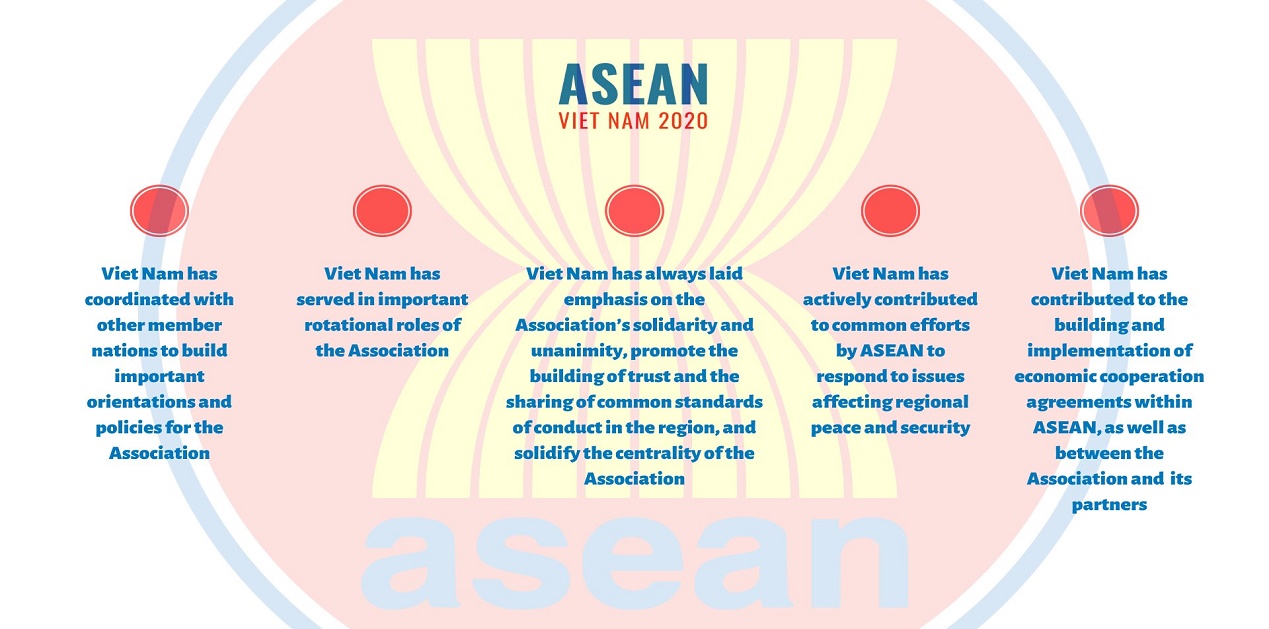

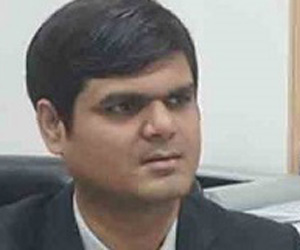


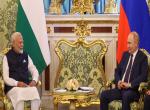

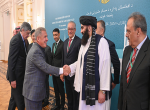
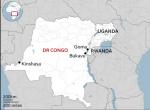
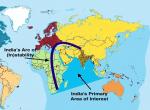

Post new comment